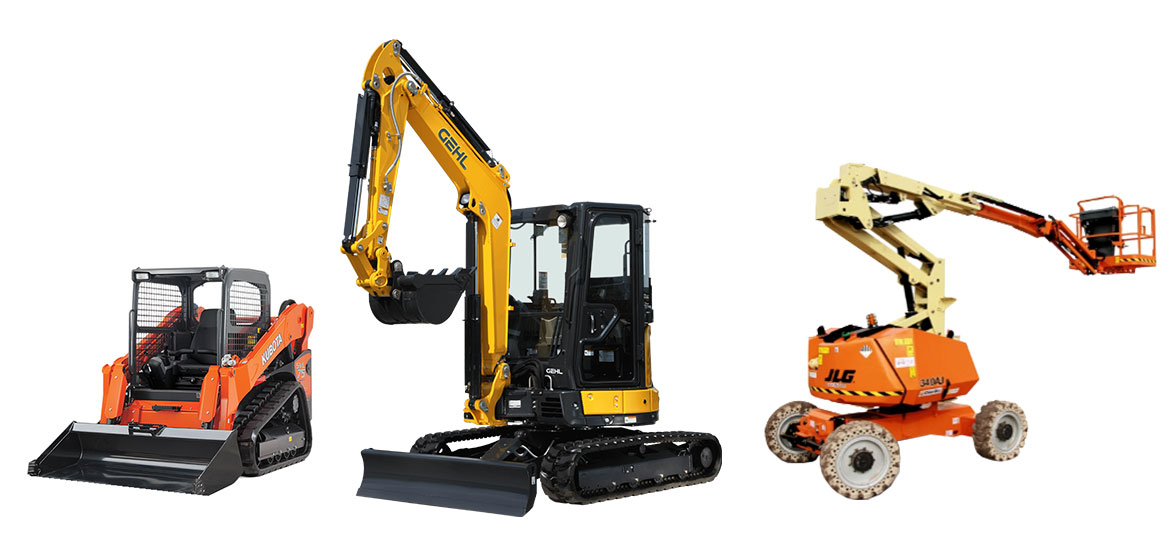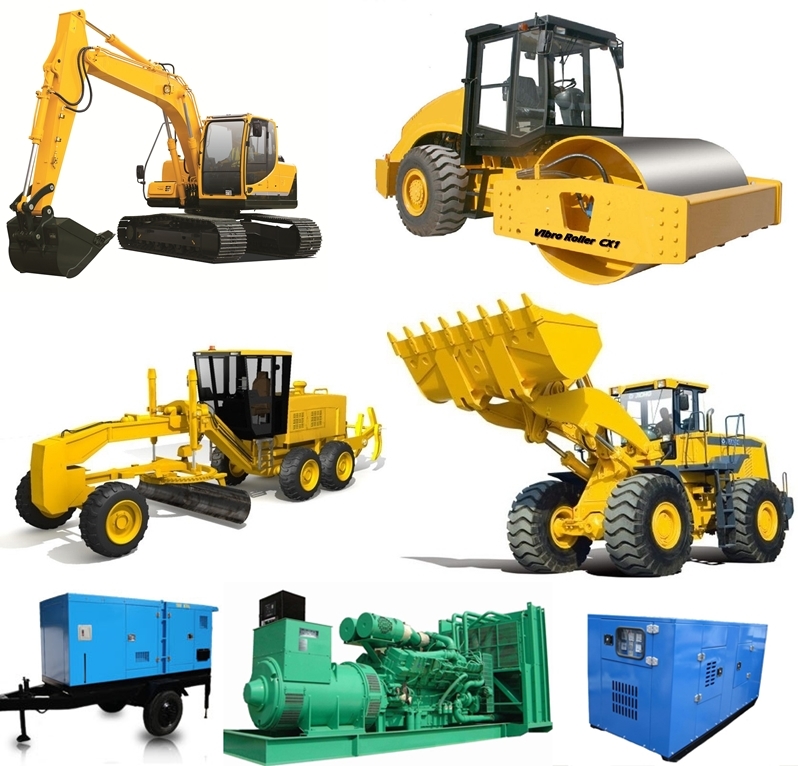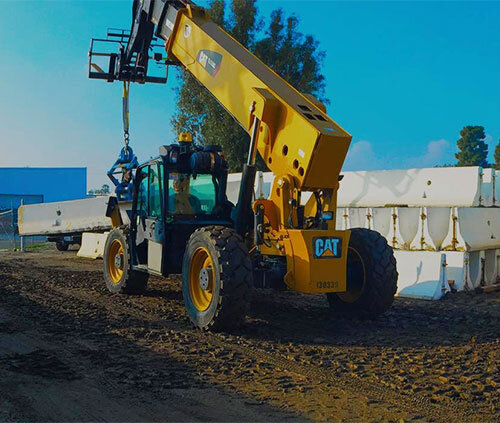Scissor Lift Rental: Safe and Effective Lifting Solutions
Scissor Lift Rental: Safe and Effective Lifting Solutions
Blog Article
Optimize Your Budget Plan by Comprehending the Costs Connected With Building And Construction Devices Rentals
Understanding the full range of prices associated with building and construction equipment leasings is critical for maximizing your budget. What methods can be utilized to properly handle these expenses and make certain a more effective rental experience?
Review of Rental Expenses
When considering building and construction tools services, comprehending the associated expenses is vital for efficient budgeting and task planning. Rental expenses can differ substantially based on several variables, including devices kind, duration of leasing, and place. The initial rental charge often shows the tools's market need and its connected operational abilities, affecting the general expense.
In enhancement to the base rental rate, secondary prices may develop, such as transport fees, fuel surcharges, and maintenance costs. It is necessary to account for these extra expenditures to accurately evaluate the overall price of renting out equipment. Moreover, the rental period can affect rates; longer services might receive reduced prices, while short-term rentals might incur higher everyday costs.

Failure of Rental Rates
An extensive understanding of rental prices is vital for service providers and job managers aiming to optimize their budget plans. Rental prices for building devices typically are composed of numerous parts, consisting of base rates, time-based costs, and usage costs.
Base prices are the core costs related to the leasing of the tools, commonly figured out by the kind and size of the machinery. These prices can differ significantly, affected by factors such as tools demand, availability, and regional market trends. Time-based costs, which might be daily, weekly, or monthly, offer to accommodate various job timelines and rental periods.
Additionally, rental rates may consist of usage costs, which are applicable when tools is utilized past a defined threshold, making certain that the rental company can represent damage. Seasonal need fluctuations can additionally affect rental prices, with peak building and construction periods commonly commanding greater prices.
Additionally, recognizing the rental business's policies regarding maintenance and insurance policy can offer more understanding into the total cost structure. By assessing these parts, contractors can make enlightened choices, guaranteeing the choice of rental tools aligns with both project requirements and budget plan restraints.
Added Costs to Take Into Consideration
Comprehending the details of added costs is crucial for contractors to manage their overall rental expenses efficiently. Beyond the common rental rates, numerous extra charges can substantially influence the total expense of devices leasing. These charges often include shipment and pickup charges, which can differ based upon range and logistics included in moving backhoe for sale by owner near me the equipment to and from the work website.
Additionally, some rental business may impose gas additional charges if the devices is returned with less gas than when rented out. It is also vital to know possible cleansing fees, particularly for customized tools that calls for complete maintenance after usage.

Extensively assessing the rental contract and clearing up these added fees ahead of time can assist contractors prevent unanticipated expenses and make certain that budgets continue to be intact throughout the job lifecycle.
Repair And Maintenance Expenditures
Normal repair and maintenance expenses are usually neglected variables that can considerably influence the general cost of building tools rentals. When leasing tools, it is critical to think about not only the rental costs but likewise the prospective costs connected with maintaining the equipment in optimum operating condition.
Lots of rental companies consist of basic maintenance as component of the rental arrangement; nonetheless, a lot more unexpected break downs or substantial repair work can bring about added expenditures. It's important to evaluate the rental contract very carefully to understand what maintenance services are covered and what responsibilities fall on the renter.
Additionally, equipment that is not properly maintained can bring about inefficiencies at work site, potentially increasing and causing hold-ups visit here task prices. To alleviate these dangers, it is advisable to conduct regular examinations and keep open interaction with the rental copyright pertaining to any kind of issues that emerge throughout use.
Insurance and Liability Prices
Insurance and liability prices are important elements that can considerably impact the total expenditure of construction devices rentals (dozer rental). These costs make sure that both the rental business and the customer are shielded from possible economic losses occurring from crashes, damage, or theft during the rental duration

In addition, clients must understand any type of deductibles or exemptions in the insurance plan, as these can affect potential out-of-pocket costs. Recognizing the terms and problems of any type of insurance policy protection is important to prevent unanticipated costs. Eventually, budgeting for insurance policy and obligation expenses can help make sure a smoother rental experience and shield against financial dangers associated with building and construction projects.
Conclusion
To conclude, a thorough understanding of the costs connected with building equipment rentals is necessary for reliable spending plan monitoring. By analyzing rental rates, additional fees, maintenance expenses, and insurance coverage demands, organizations and people can minimize unforeseen expenses. This critical strategy not just improves cost-effectiveness however also makes sure that jobs progress smoothly and efficiently. Inevitably, educated decision-making regarding devices leasings adds to the general success of building endeavors.
Rental expenses can vary significantly based on numerous aspects, including devices kind, duration of service, and place (construction equipment rentals). The rental duration can affect prices; longer rentals might qualify for reduced rates, while temporary rentals could sustain higher day-to-day costs
By performing comprehensive study and engaging with credible rental business, specialists can effectively browse the intricacies of rental rates, ultimately optimizing their financial sources.
Past the conventional rental prices, various additional charges can considerably influence the total expense of equipment service. Rental companies typically give liability insurance coverage that covers injuries to 3rd parties or damages to residential or commercial property, while devices damages insurance can cover the cost of repair work or substitute if the rented out equipment is damaged.
Report this page